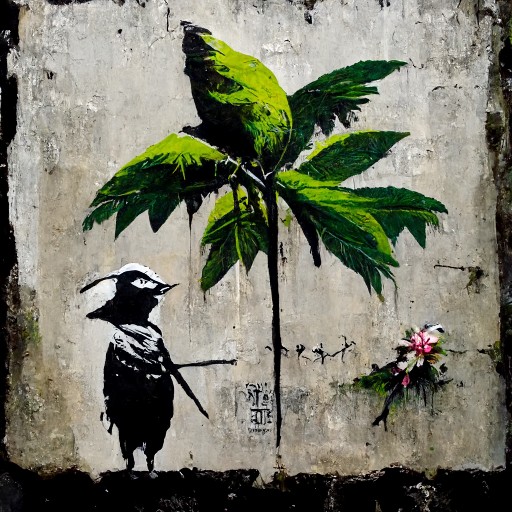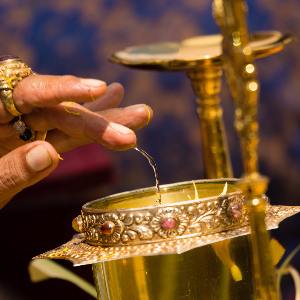The Island of the Gods and a Thousand Temples
The Island of the Gods is home to more than 10,000 temples, all of which play host to regular ceremonies honoring deities at every stage of life.
And despite their visual differences, all Balinese temples adhere to the same three principles of Balinese design philosophy:
1. Keep the Human–Divine Connection Subtle.
2. Keep the interaction between people and their natural environment positive.
3. And keep the social atmosphere open and friendly.
In a perfect world, this is called harmony.
As places of worship, Balinese communities put in significant effort to ensure that their temples are as beautiful and well-maintained as possible, reflecting the significance of these buildings in Balinese society.
Temples in Bali are the homes of deities. Normally there are at least 3 public temples within each village in Bali:
- Pura Puseh (Temple of Origin) built to honor the God of Creation (Brahma),
- Pura Desa Bale Agung built to honor the God of Life (Wisnu)
- Pura Dalem built to honor the God of the death and reincarnation (Siwa Durga).
Visitors are only permitted in certain sections of the temple if they are dressed appropriately (in a sarong) and behave respectfully. However, the central area (Inner Sanctum) of some sacred temples is reserved for religious activities only and is off-limits to all visitors.

































